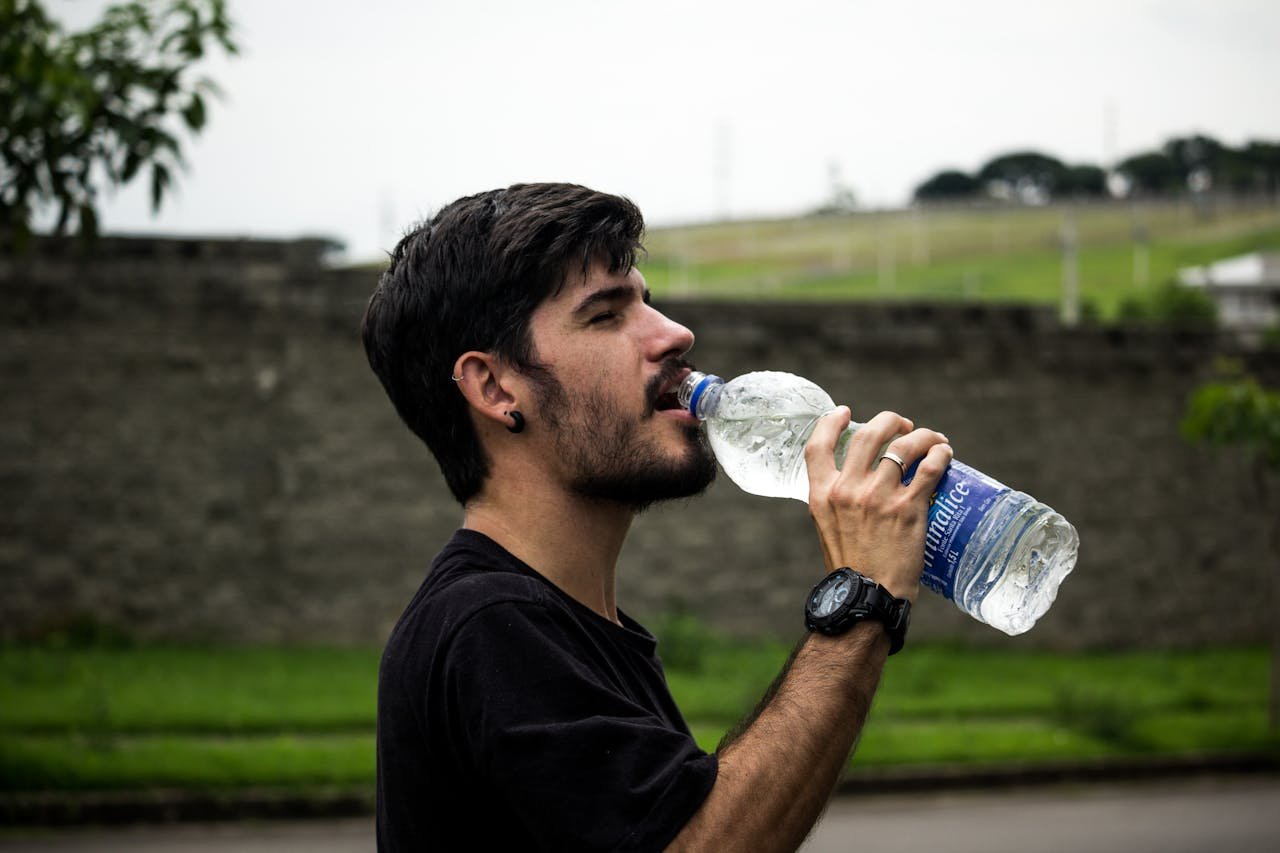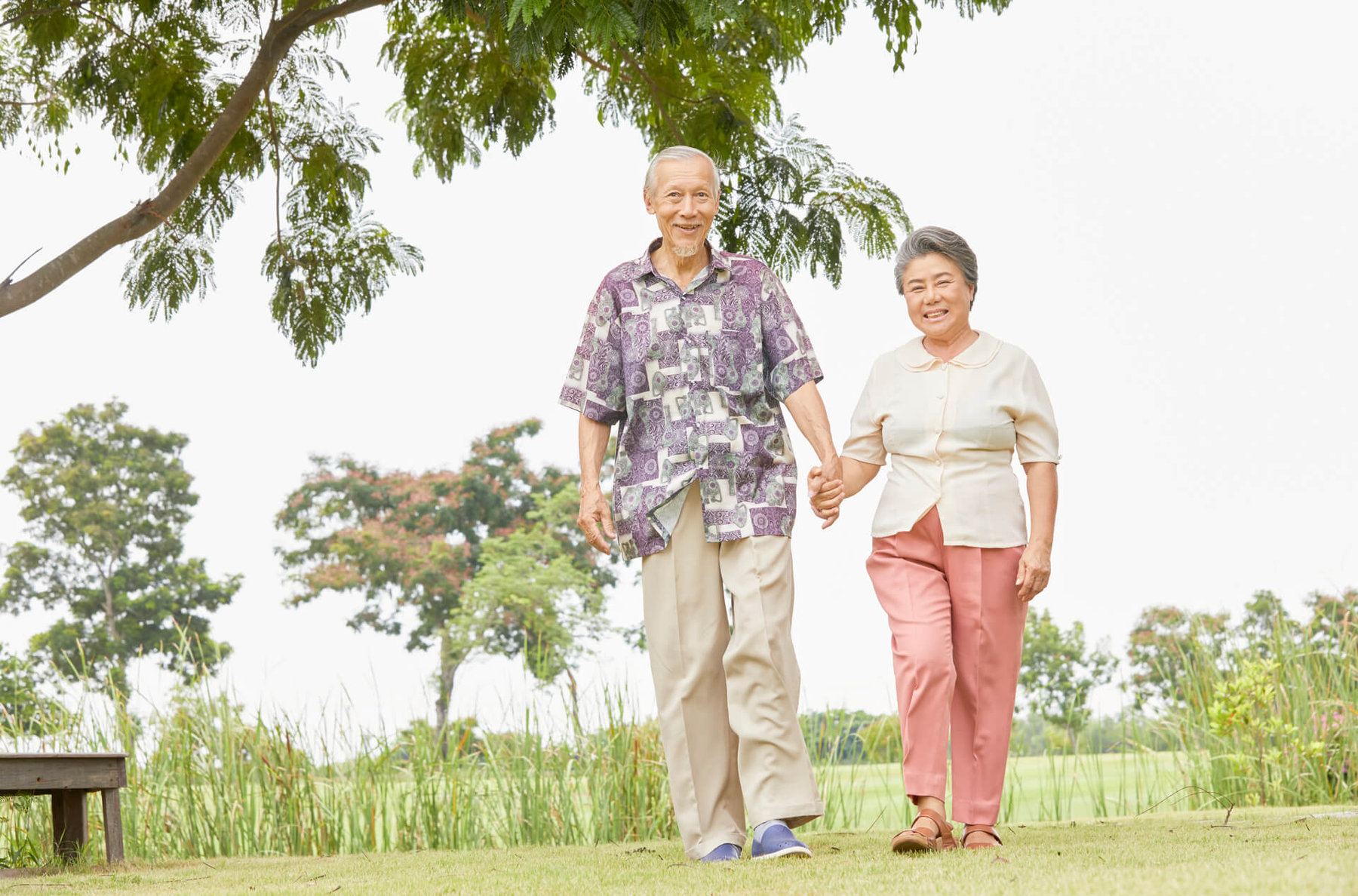When people get older, the muscles of the body tend to become weak, and keeping a good posture turns into a considerable challenge. This is why it is necessary for elderly people to exercise a lot.
Exercising every day provides numerous benefits to an elderly person's physical and mental health. In this article, you'll learn the 8 best exercises for the elderly.
How Exercise Daily Improves Your Health?
Daily exercise can help improve your balance and flexibility, which helps prevent falls that can lead to serious injury or death. Exercise keeps your weight under control and helps prevent chronic diseases such as diabetes or heart disease. If you have either of these conditions, daily exercise will likely reduce the severity of your symptoms.
When it comes to the body, exercise increases energy levels in people of all ages, but this is especially important for seniors.
As people age, their metabolism slows down, and this can cause them to feel tired. Exercise can help increase your metabolism and improve your energy levels. It also helps reduce stress and anxiety, which are common problems among seniors.
Daily exercise also strengthens muscles, tendons, joints, ligaments, and bones so they don't deteriorate as easily with age leading to osteoporosis or arthritis.
By choosing the best exercise for the elderly you can improve your heart and circulatory health. This can reduce your risk of developing heart disease, strokes, high blood pressure, and anxiety.
Exercise Doesn’t Have to Be Hard
Exercise does not have to be difficult, especially if your goal is simply to maintain your current health and mobility. However, it's important that you find a routine you can stick with.
It's also okay if that routine changes over time as your needs change. The best exercises are the ones you will do regularly!
How to Stay Safe When Exercising?
If you're going to be exercising alone, it's best to have a friend who can help out if needed. It is also important to warm up and cool down before your exercise routine—your body will appreciate it.
There's one big rule about exercise for seniors: if you feel dizzy, tired, in pain, or sick, stop.
If you feel like you need to stop, stop. It's okay to take a break if you're feeling tired or uncomfortable.
8 Best Exercises for The Seniors and Elderly
1. Tai Chi
Tai chi is a low-impact exercise that can help seniors improve balance, posture, flexibility, and strength.
It's also known as an ancient Chinese martial art for its ability to enhance physical fitness without causing wear and tear on joints that can come from more strenuous forms of exercise.
Tai chi has been shown to benefit seniors with arthritis and back pain.
The slow, flowing movements of tai chi help seniors gradually improve their range of motion and reduce stiffness. When practiced regularly, tai chi can also help reduce stress and anxiety among elderly adults who are prone to mental health issues.
2. Resistance Training
Resistance training is a type of physical exercise that uses some sort of external weight or load to strengthen and increase your muscular strength and endurance.
Resistance training helps with your cardiovascular health, builds muscle, reduces joint pain, improves balance and coordination, stabilizes blood sugar levels, and combats osteoporosis.
It is best not to start heavy lifting without guidance from a personal trainer or medical professional. Instead of weights at first, try using resistance bands or even soup cans!
Any senior who wants to maintain an active lifestyle should consider adding resistance training to their workout routines.
3. Walking
Walking is a great exercise for seniors.
Start by walking for 10 minutes, 3 times per week. You can increase the time and frequency of your walks as you feel more comfortable. For example, after a month you could walk 20 minutes, 4 times per week.
For added benefit, try walking at an incline or on uneven terrain.
-
Don't forget to stay safe while walking:
-
Wear appropriate shoes.
-
Avoid slippery conditions.
-
Stay hydrated and wear sunscreen in hot weather.
Always walk with a friend if possible. Make sure someone knows where you are going (and how long you will be), just in case of an emergency!
4. Swimming
Swimming is an excellent cardiovascular exercise that is easy on your joints. In fact, swimming may be the only exercise that works nearly every muscle in your body.
Swimming is mostly a low-impact exercise that will not hurt your joints after repeated use.
Swimming is great for improving overall cardiovascular health and decreasing the risk of heart disease.
5. Stationary Cycling
Nothing compares to the smooth, high-intensity workout you get from a stationary bike. It's an excellent way for older men and women to get their heart rate up, strengthen muscles and improve cardiovascular health.
If you're not already a cyclist, it may take some getting used to, but once you learn how to use this type of exercise equipment safely and comfortably, it can be easy on your joints while still providing a good workout.
The different muscles worked by stationary cycling depend on the position you ride in.
The most common position is sitting upright with your hands on top of the handlebars or resting along with them (we call this "riding normally"). In this position, pedaling stimulates your quadriceps (front thighs), gluteus maximus (butt), and hamstrings (back thighs).
If you keep your back flat as opposed to leaning forward toward the handlebars, it will also work your abdominal muscles.
Another option is riding in a more forward-leaning position with your hands lower down on the handlebars ("riding in the drops"). This puts more strain on your arms and shoulders than normal riding does; however, using just one hand at a time rather than both keeps those muscles engaged without putting unnecessary stress on them.
6. Yoga
Yoga is a great exercise for the elderly, because it gently works all of your major muscle groups, improves your balance and mobility, helps you sleep better, decreases stress and anxiety, and boosts your mood.
To get started with yoga, find a class that is specifically geared toward older learners. It may be worth paying to take a private class just so you can get instructions that are specific to your needs.
When learning poses in class or on your own at home (via video or book), use chairs as props if necessary.
Pay attention to proper breathing techniques: inhale slowly through the nose when extending the spine; exhale through the mouth when bending forward.
One of our favorite yoga poses is Downward-Facing Dog — this pose stretches all of your back muscles and helps develop good posture.
7. Chair Workouts
If you're looking to improve your strength and flexibility, give chair workouts a shot. They're great for seniors because they offer a low-impact way to exercise.
Chair exercises, done properly and regularly, can be just as challenging as standing workouts. But because you're sitting down during these moves it takes less effort than standing up (and puts less pressure on lower body joints like knees or ankles).
Here are some exercises you can do from a chair:
Sit-to-stand: Start the exercise by sitting comfortably in a chair, with your back straight and abs tight. Point your toes forward, then lift yourself off of the seat using only body weight for resistance. Then, keeping your body upright and not allowing it to bend forward or backward, move from a sitting position into one where you're on your feet. Notice how the muscles of the legs and hips are used in this movement. Do 3 sets of 10 reps each.
Knee to chest: Sit up straight with your left foot firmly on the ground. Grasp the back of your right knee, and slowly pull it toward your chest until you feel a stretch in the muscles along that side of your body. Hold the position for thirty seconds, and then repeat with your left leg to complete three reps per side. This exercise stretches large muscles like hamstrings and glutes that need flexibility in order to prevent injury.
8. Stretching Exercises
Stretching exercises can be safely done by elderly people and they are good for your posture, spine, and joints.
It is recommended that you do it first thing in the morning as it increases circulation and gives you a sense of well-being.
The best part about stretching is that it is so easy to do anywhere at any time. You can even stretch while watching TV!
If you have arthritis, then this is one of the more helpful exercises for you as increased range of motion will help ease the pain associated with stiffness.
Conclusion
To stay healthy and fit, it's important to exercise regularly and participate in activities that improve your balance and flexibility. The exercises mentioned above are some of the best for senior citizens. Additionally, there are other variations and modifications to these techniques that can better suit the needs of particular individuals.









